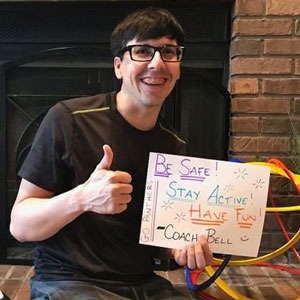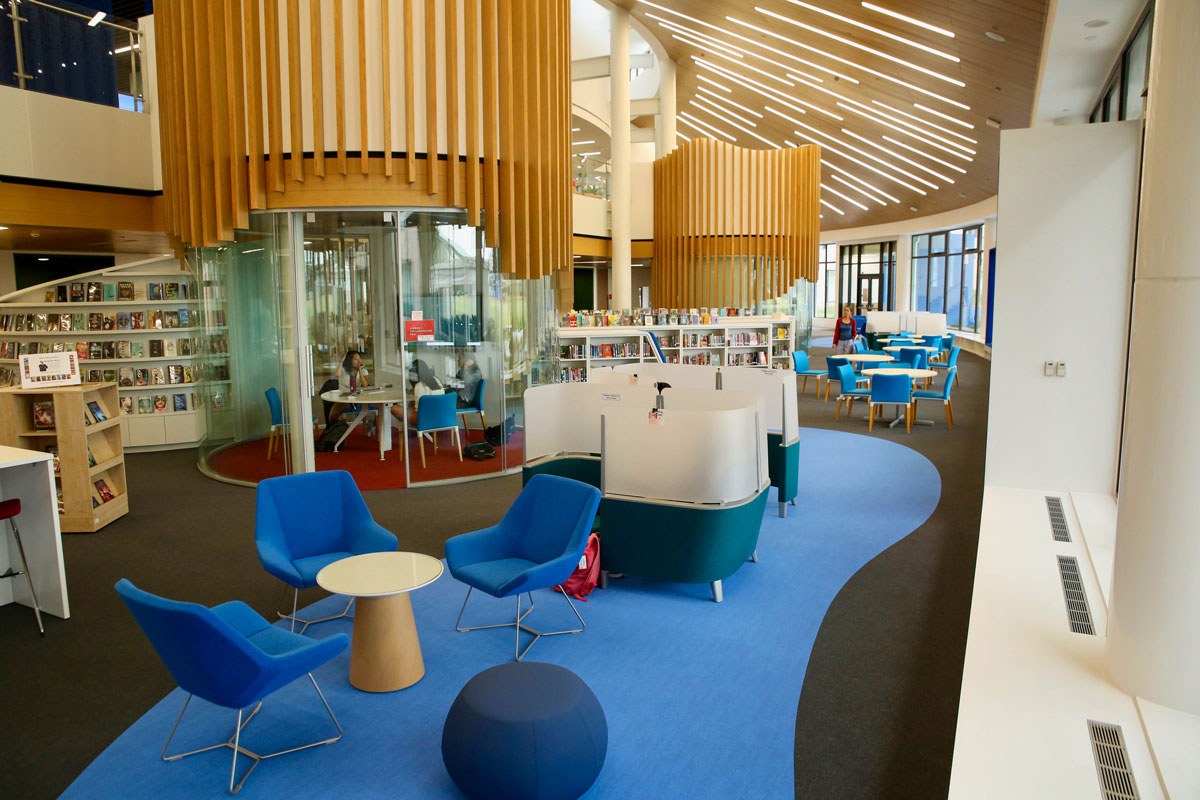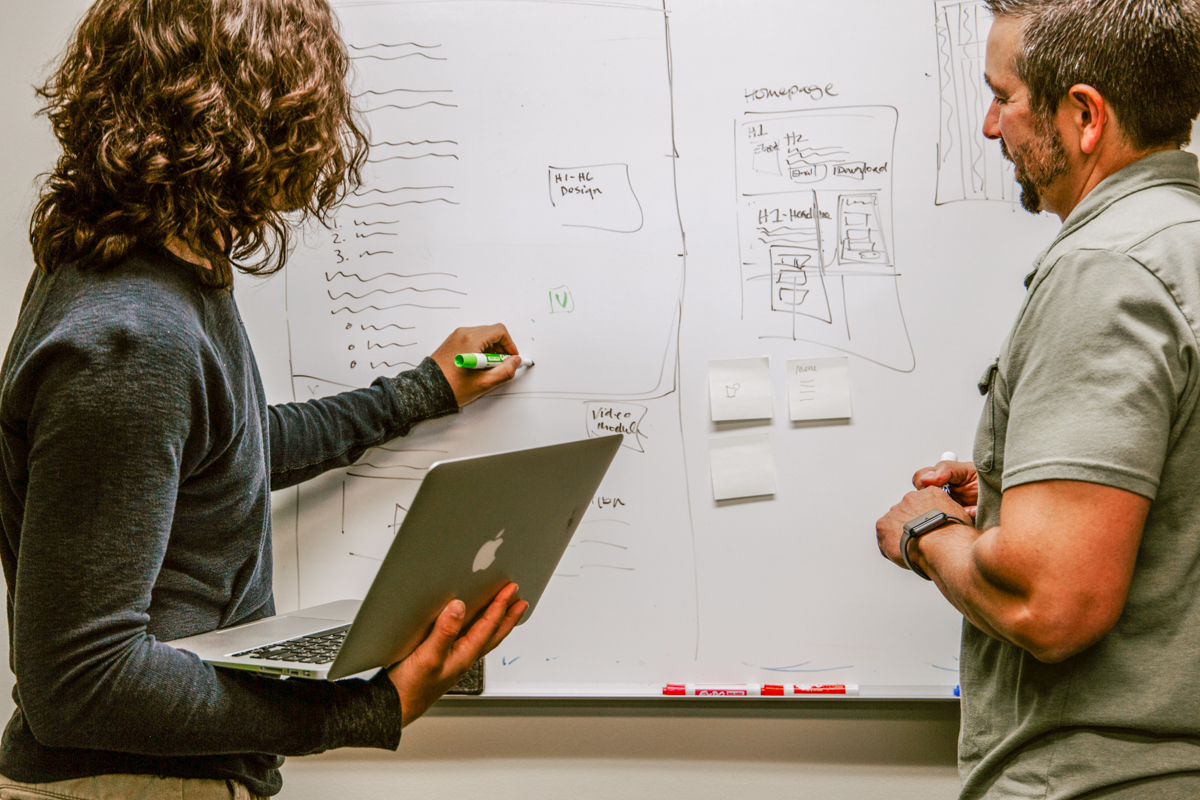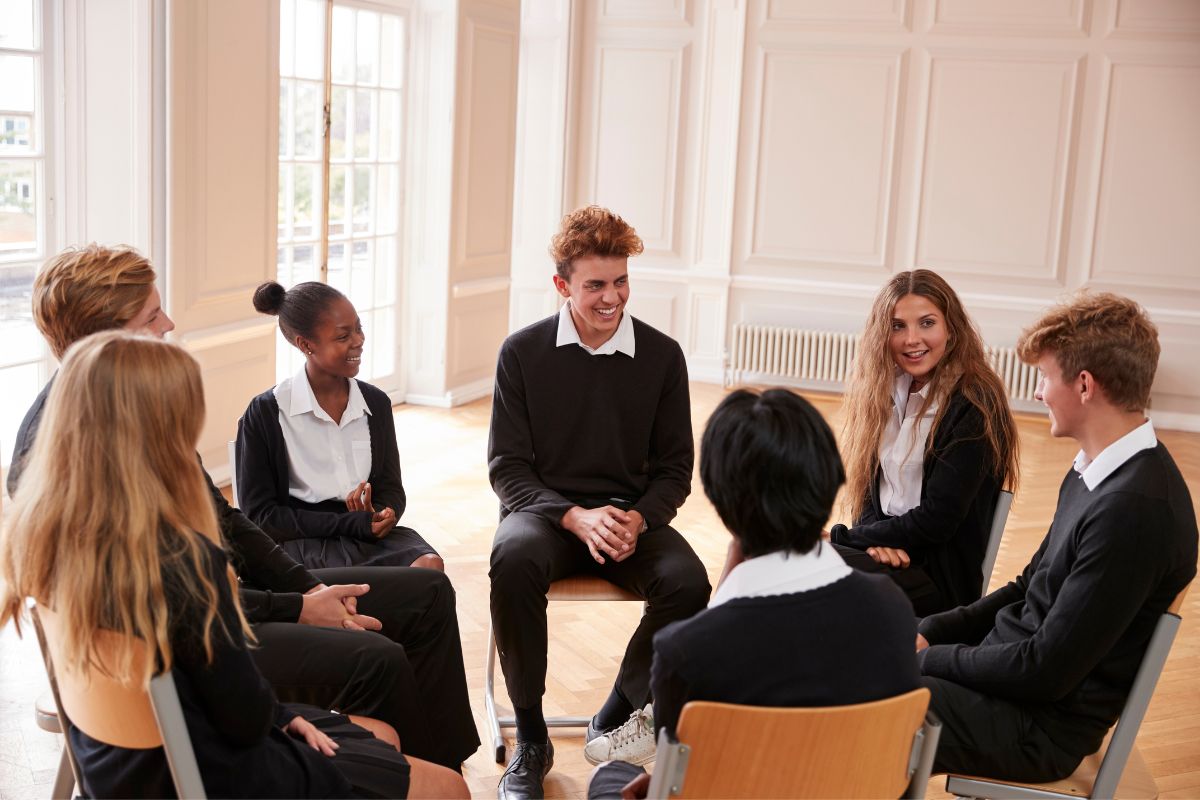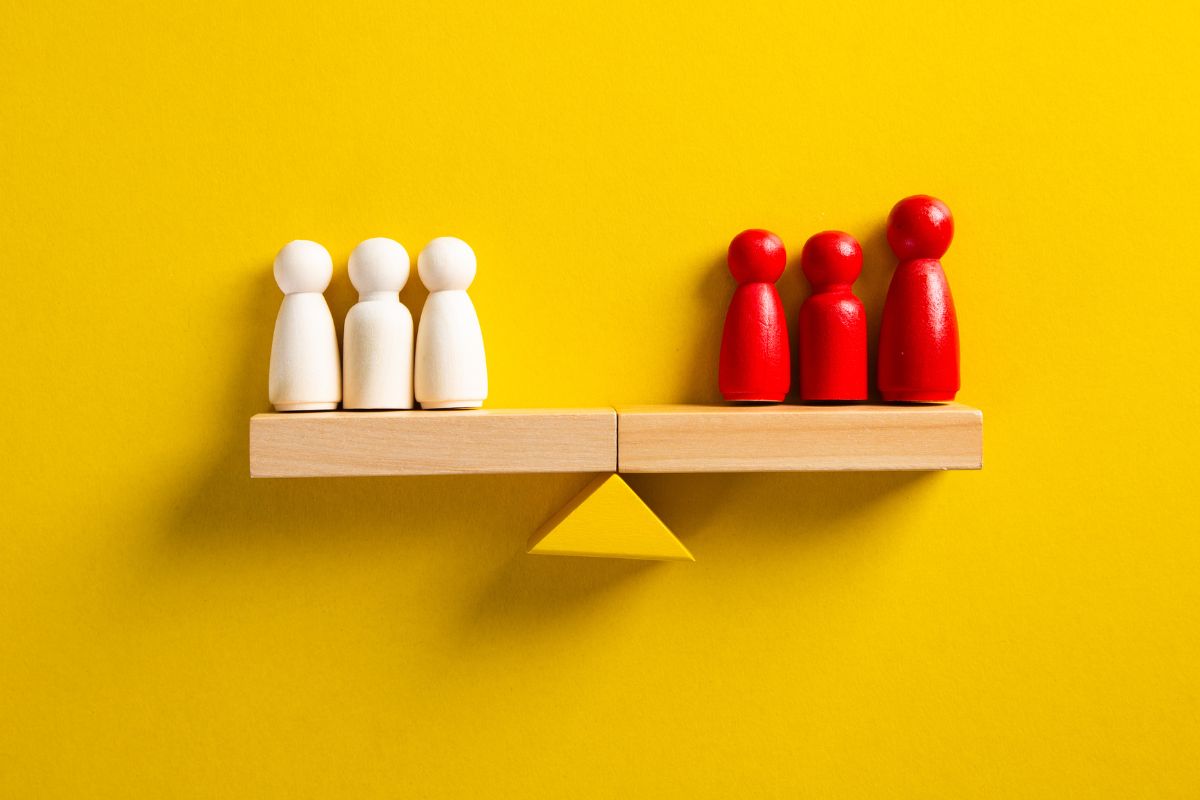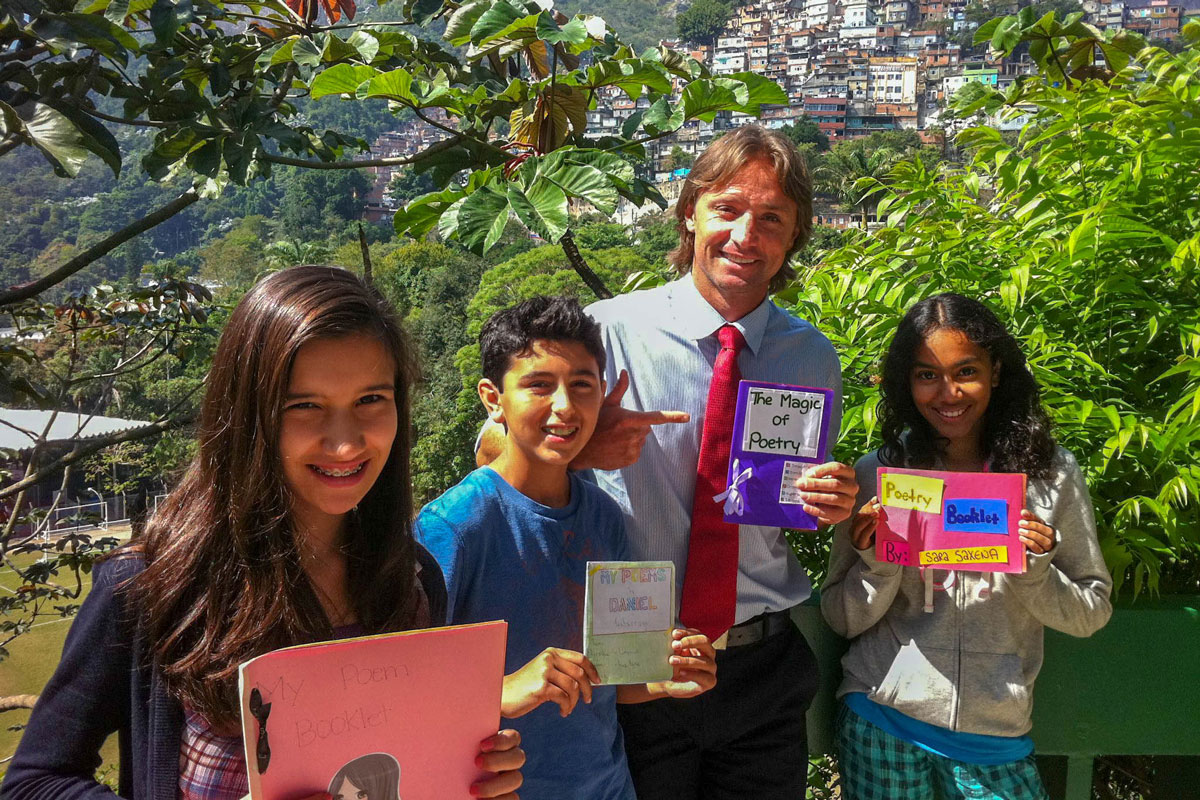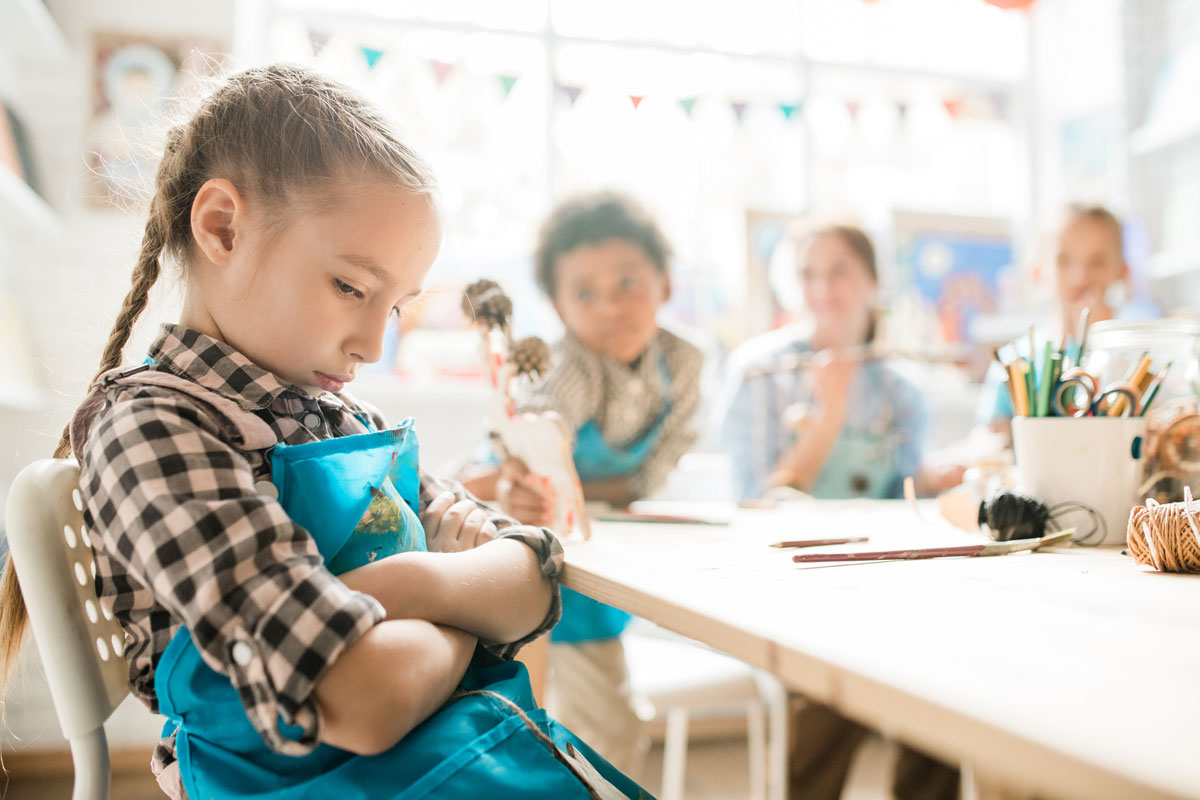How to Have a Successful First Year as a PE Teacher
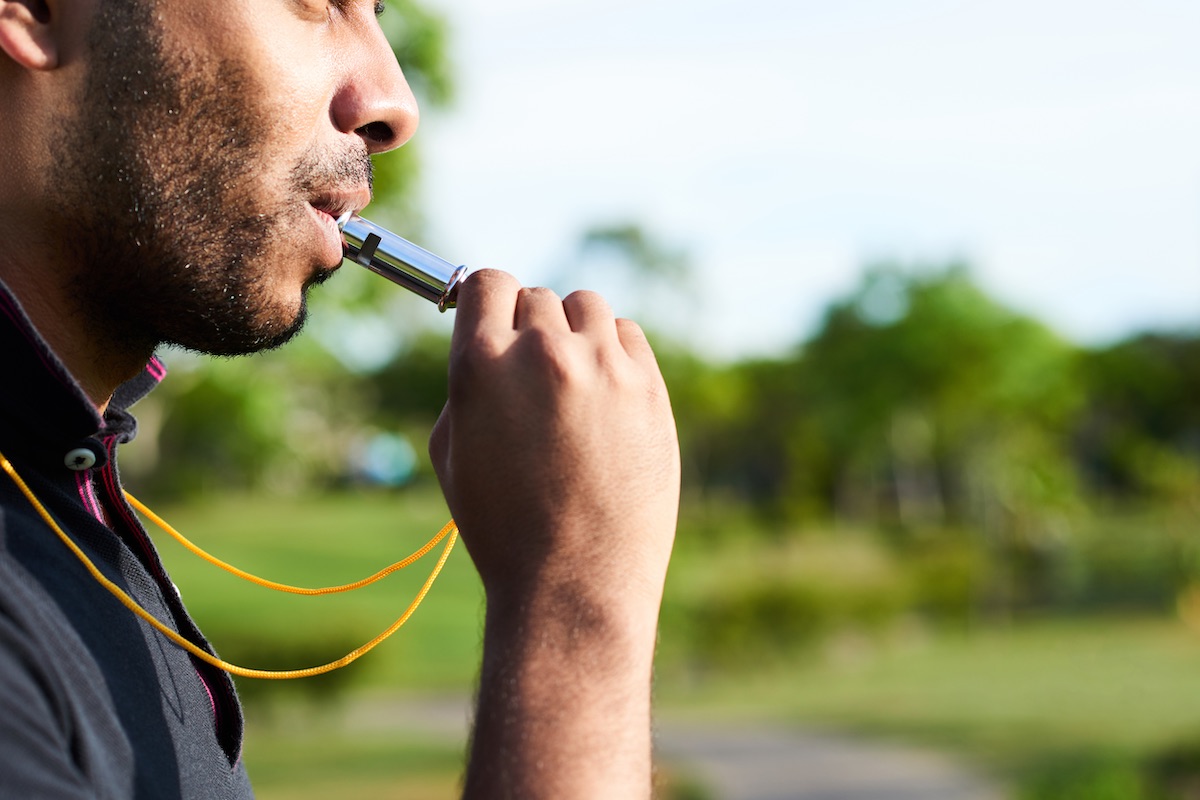
So you just accepted your first ever teaching job in the Physical Education (PE) field. Now what? The excitement is there but it also brings about feelings of nervousness, doubt, and joy all wrapped into one. When I first started as a physical education teacher, I also felt the same way; however, feelings were heightened because I accepted my first teaching job only three days before school started. I didn’t have a clue or plan on how to be successful and my biggest doubt was letting my students down. I went into the school year flying by the seam of my “gym” pants trying to create a PE curriculum on the fly, not completely sure on how to communicate with parents, and not relying a lot on colleagues for advice or suggestions that could help me in my classroom.
The challenges that I faced throughout my first year of teaching included not knowing students or the parents. I also struggled with creating a 30 minute lesson plan that I had for each grade that I taught. However, the experience that I obtained throughout the year definitely helped with organization when developing my yearly curriculum. I felt at the end of the year, I was able to learn the names of students and parents by using different techniques such as when I grouped students in my class but also emailing parents regarding students behavior (both positive and growth behavior). I also accomplished creating a yearly curriculum that helped with my planning and allowed me to be successful for the next year I was able to teach by having a foundation on what is successful and lessons that I needed to work on. I hope that my experiences and tips can help future PE teachers have a more positive start than I had in my first year.
Tip #1: Organization
Being organized for any school year is important, but being organized as a PE teacher is crucial. On top of having a lesson plan ready, we as PE teachers have to have equipment ready, groups decided, and assessments ready in a short amount of time. We don’t have the ability to have a lesson plan setup for the entire day. We may have a 5th grade class come in and then a Kindergarten class come into the gym right after. Both classes will be taught different lessons, so we have to be organized and prepared with Standards and Objectives visible for both classes as well as having equipment ready for both grade levels. So being organized when it comes to having a curriculum map and having a Daily Calendar will help when it comes to being prepared for the diversity of students that will be coming into the gym setting. When it comes to organization a PE teacher can be prepared by having a:
- Curriculum Map (lessons/activities that will be taught throughout the year)
- A Daily Calendar
- Rules/Expectations that will be implemented throughout the school year (reward systems, classroom management systems, etc.)
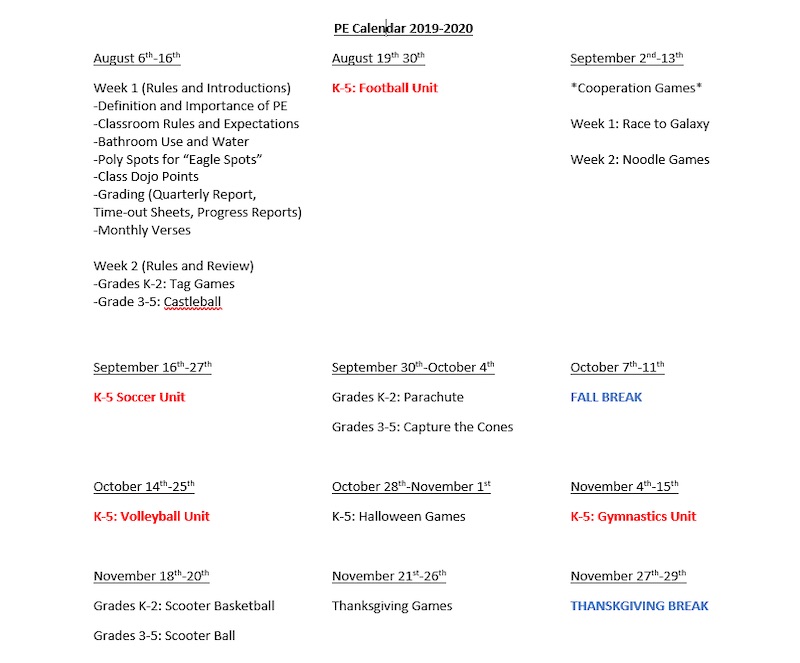
Tip #2: Collaboration
Collaborating with other colleagues is crucial for first year PE teachers. While other teachers may not know the PE setting, they will know the students you will see and can provide advice when it comes to behavioral issues and what may help to get the students excited and participating in the PE environment. It is also important to collaborate with those teachers when you may have an issue with a student in their class. While you will communicate with parents, the classroom teachers may have communication on a more frequent level with the parents. So if you are on the same page as the classroom teachers, it builds a better relationship with the teachers, students, and parents. Never be afraid to ask another colleague for help or advice, especially if they have experience. The communication that can also be given from the PE teacher to the classroom teacher. The PE teacher can communicate to the teacher what works when it comes to classroom management skills when dealing with students. This information can be crucial when tackling behavior and building the relationships with the teacher and the student. Most of the time there are excited to provide feedback and will to help other colleagues.
Tip #3: Patience
I struggled with having patience my first year in the PE setting. When participating in different activities and units, I wanted my students to succeed or complete an activity a certain way. However, students learn at different levels and it may take time for some students to reach a successful level. So having patience allows for a teacher to provide feedback and encouragement to all students. I remember when I taught in my first year that I had to learn quickly on having a more empathic and patience mindset especially with Kindergarten students. These students are going to be learning on a basic and introductory level. So it’s important to keep it simple when teaching this grade level and give them 1 to 2 skills to work on during a lesson and if they are still not understanding instruction, work with them on an individual level. So if a student is not able to overhead throw, have the rest of the students move on to partner overhead throws, and then work with that student using cues and modifying equipment so allow for more time to refocus and this will eventually lead to more success. Building that relationship to provide feedback and encouragement allows for a greater bond between the student and teacher and allows for a better classroom environment.
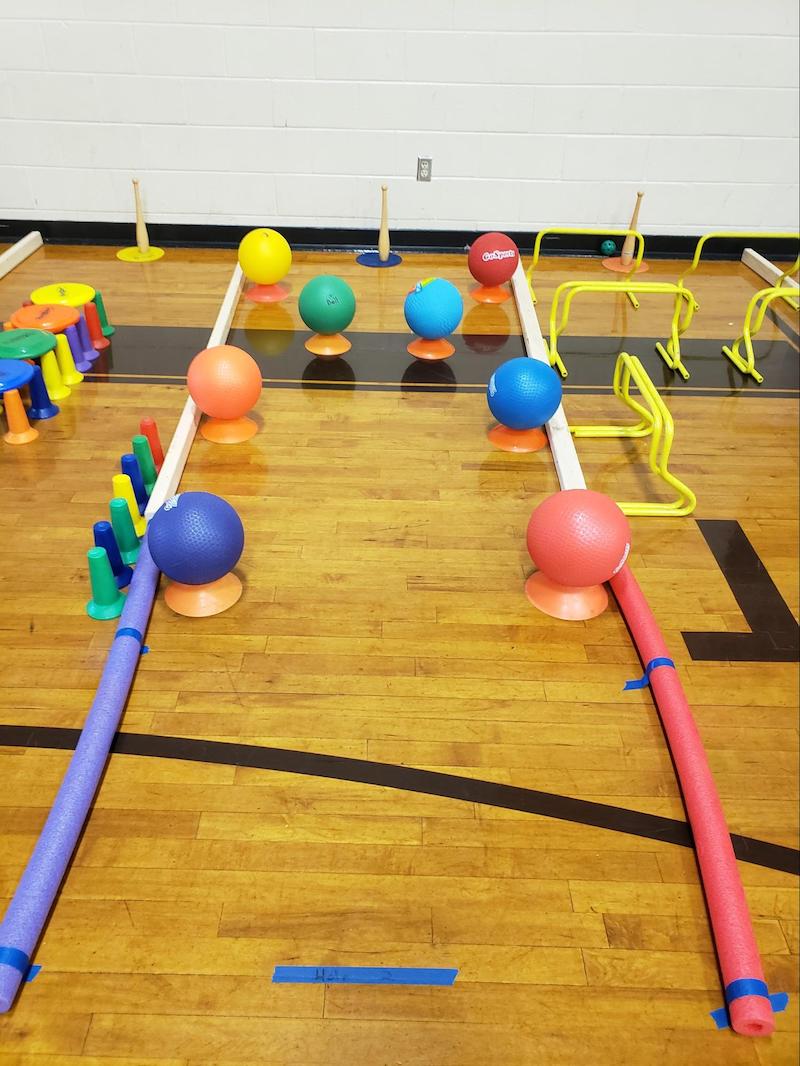
Tip #4: Communication
Communication is critical in any job that an individual does but I think it is important especially in the education field. When it comes to the PE setting it may be even more important. I say this because as a PE teacher, we are in a setting where a lot of things are happening at the same time. So it’s important that parents know what is going on in my classroom. The American Federation of Teachers (2020) states that effective communication strategies include:
- Parent Newsletters
- Phone Calls
- Annual Field Days
- Workshops for Parents
That is why I send out a monthly newsletter each month, so parents have an idea of what their child is learning but it also includes contact information if parents may have a question for me. So whether it’s talking with a parent, another teacher, or a member of the administration allows remember: Communication, Communication, Communication!
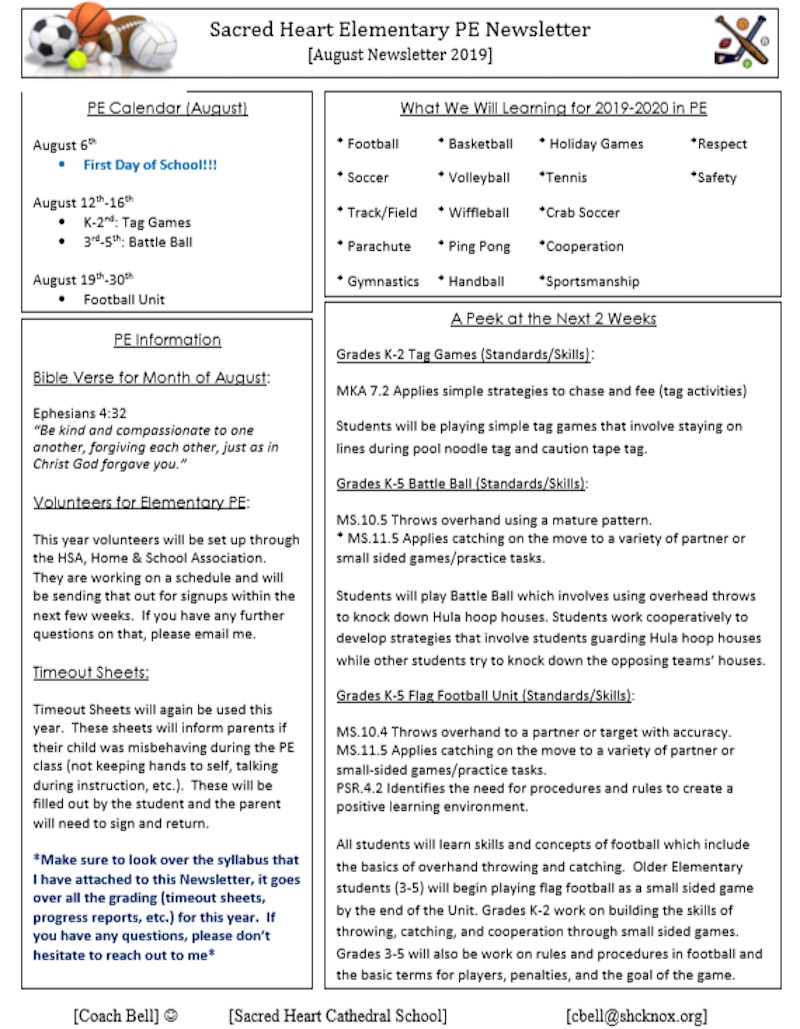
Tip #5: Enjoy It
Finally, enjoy the first year of teaching PE. It’s a chance to build those relationships with your colleagues and the students. Use the first year as a learning opportunity, don’t be afraid to make mistakes and try out lessons/activities that you may have not tried before (make sure you do your research!). I believe that creativity is so important in PE class, so use it to provide students with out of the box activities that are not made up of traditional sports such as football, basketball, soccer. Just remember, you will never be a first year teacher again so have fun and create change in the Physical Education environment.
This article is available and can be accessed in Spanish here.

